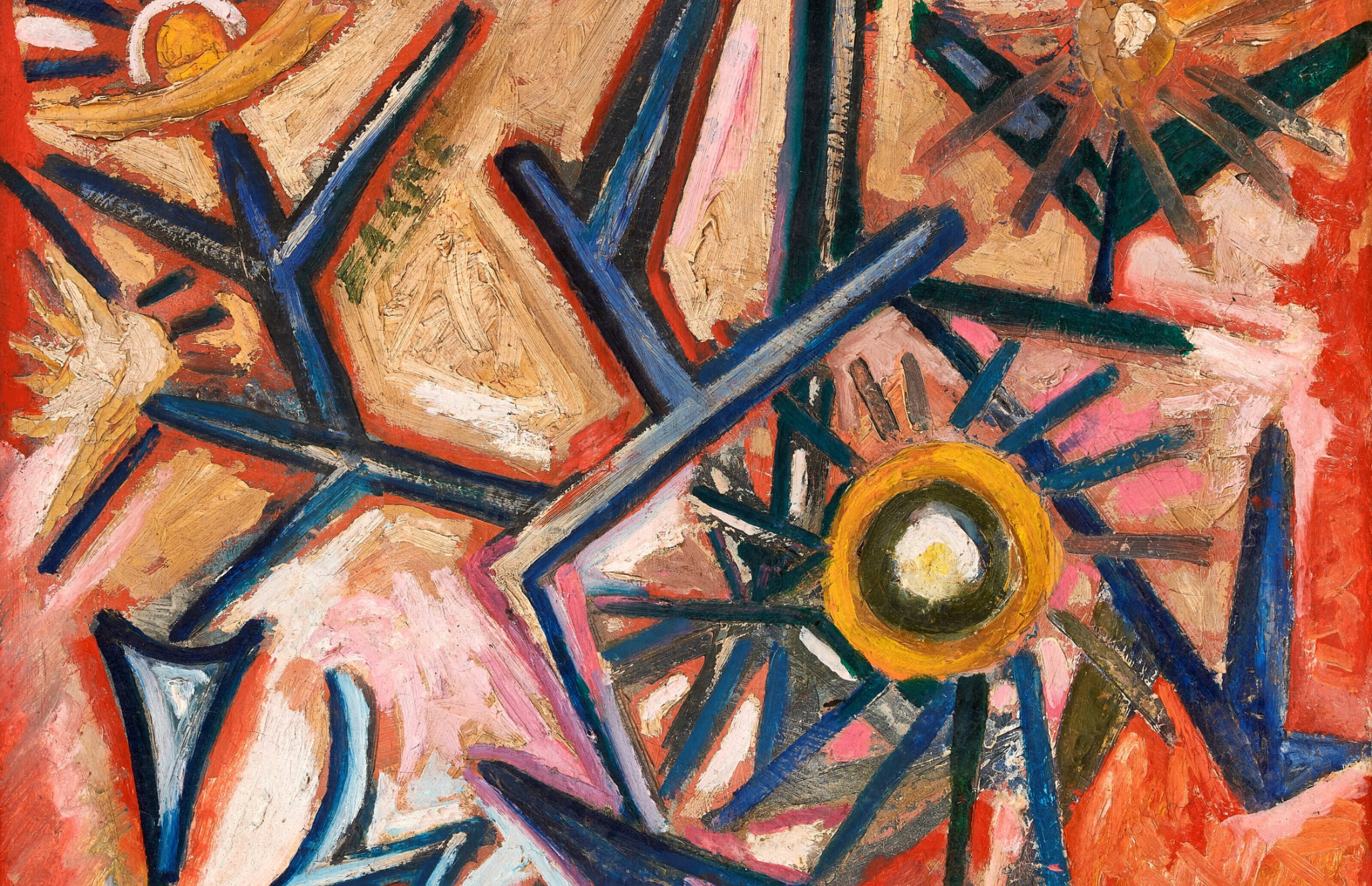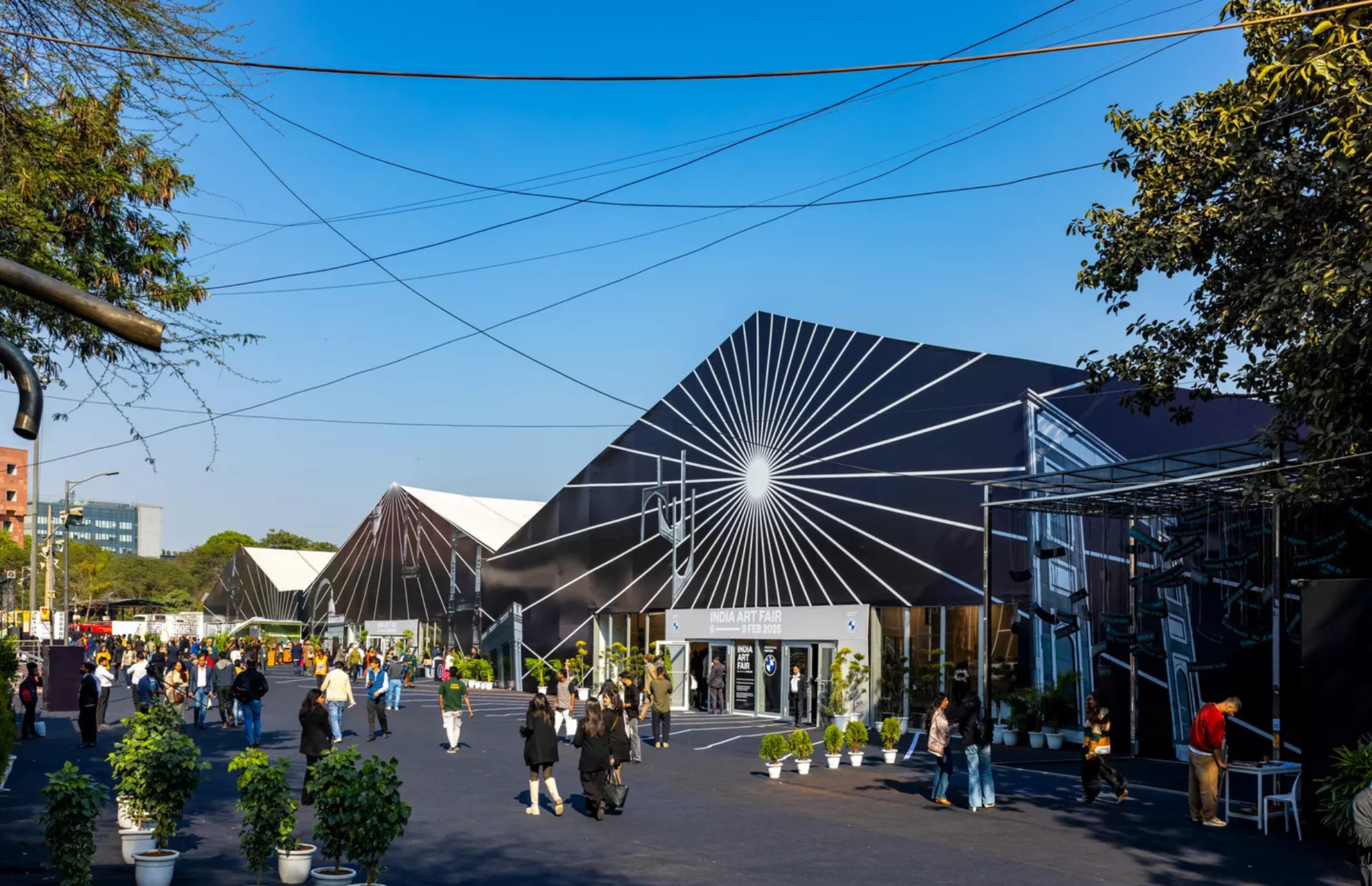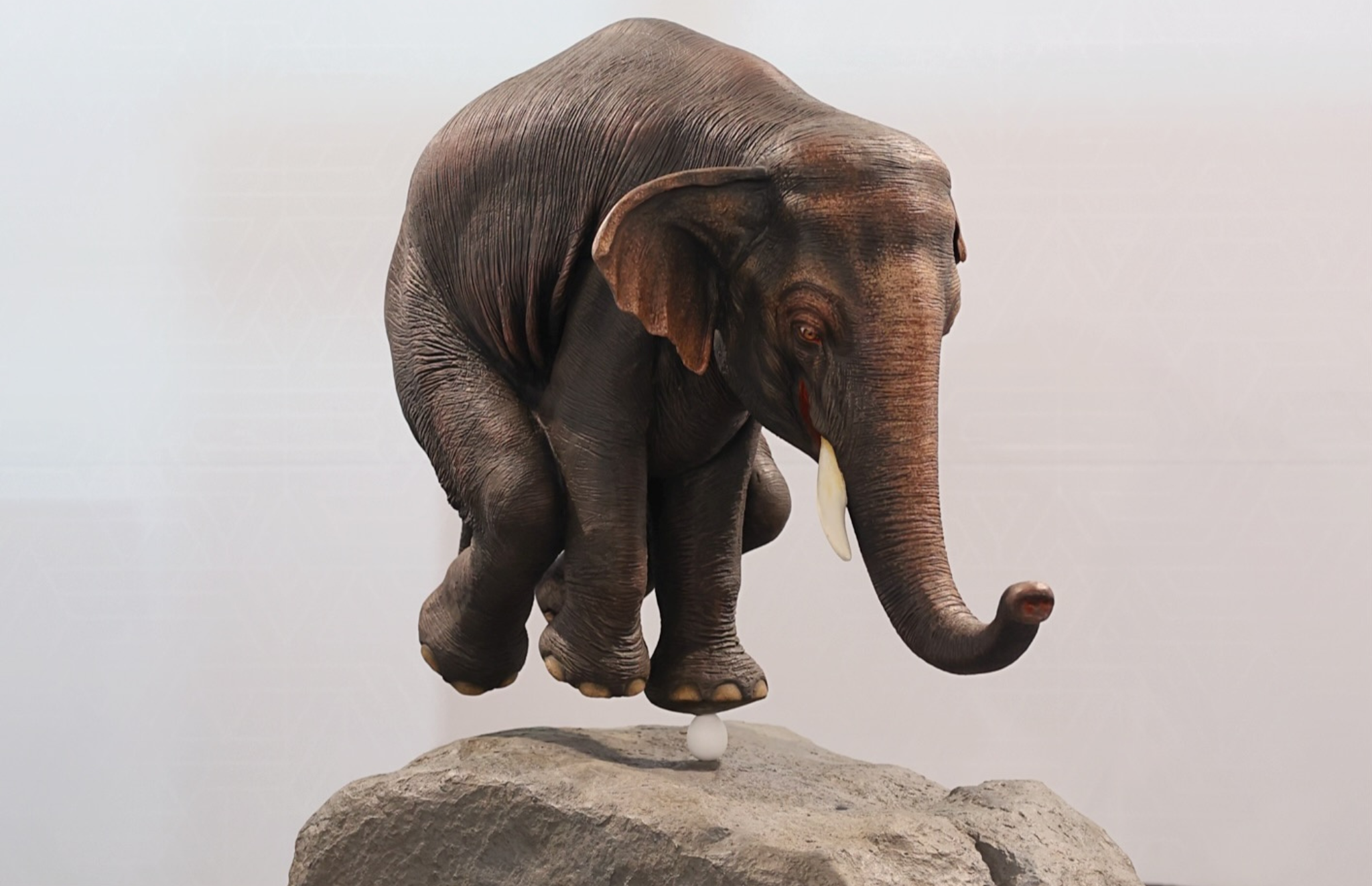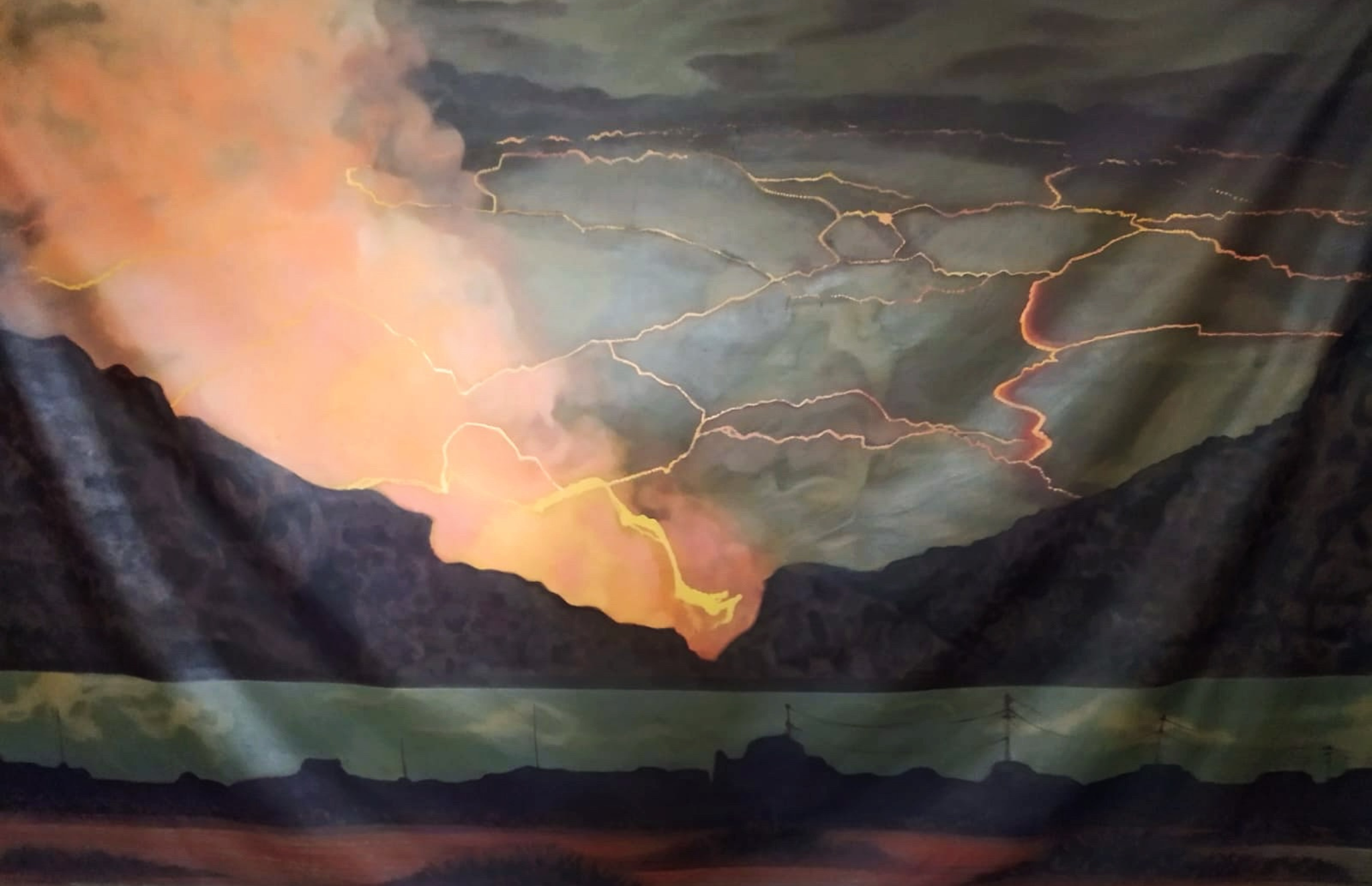FRIEZE MASTERS 2024 CELEBRATES 17 CENTURIES OF SOUTH ASIAN ART
Frieze Masters 2024 took spectators to the very core of South Asia, taking them through 1700 years of incredibly vibrant and unique art experience. Starting with the divine figures of Hindu gods and goddesses sculpture to modernist photography, this year’s exhibition revealed how the South Asian artists not only transformed art in their own region but also in the rest of the world.

Photo Courtesy: Carlton Rochell Asian Art
The show celebrated tradition and modernity at once. To the art enthusiasts, to the historians, and to everyone interested in the exchange of ideas between East and West — this exhibition was definitely one for the history books.
Art of Ancient South Asia
Among the most significant sculptures immediately visible at the entrance of Frieze Masters 2024 was a monumental 4th–5th century bust of Prithvi acquired by Carlton Rochell Asian Art. Prithvi, the Earth Goddess in Hindu mythology, represents fertility and motherhood, or the fertility of nature. The bust over here is of copper alloy and belongs to the ancient Gandhara school, and the Hindu sculpture of that age exudes beauty and religious passion. The figure is maternal with a round face and tender making and delicate craft, which encourages viewers to engage in a meditative or ponderous manner towards the nature that has been admired by generations for millennia in South Asia. Instead of simply being cultural artifacts of divine veneration, they represent a means of interpreting the social conditions of historical South Asia in its foundational centuries.
Artistic Glance of the Himalayas
Moving forward, the trip enters the otherworldly terrain of the Himalayas as Tenzing Asian Art enters Frieze Masters for the first time and presents Buddhist art in the form of paintings and sculptures. One of the most impressive pieces in the catalog is a large Tibetan thangka painted in the beginning of the 12th — in the middle of the 13th century — depicting Buddha Vairocana, who is surrounded by twelve Bodhisattvas. This gorgeous artwork, gilded and detailed, can not only be seen as an icon piece for worship but as a meditation aid meant to lead the audience to the path of the right knowledge.

Photo Courtesy: Tenzing Asian Art
This artwork, as well as many others from the Himalayan Buddhist tradition, reflects the cross-cultural interactions of regions including Tibet, Nepal, and India. In these exchanges, different artists of the Himalayan region created a definite mode of expression by combining the local art forms with those they learned from the Pala school. The golden Bodhisattva Vairocana is the most expressive image of the coalescence of art and the mystical paths that it embodies.
Modernism and the Progressive Art Movement
Jumping ahead to the 20th century, Grosvenor Gallery (London) offers a fascinating exploration of the Bombay Progressive Artists’ Group, formed in post-independence India during the 1940s and 1950s. Seeking to create new modern art for India, this group challenged traditional boundaries while drawing from European modernist movements.

Photo Courtesy: Grosvenor Gallery
The exhibition focuses on how the migration of artists like Sayed Haider Raza, Francis Newton Souza, and Akbar Padamsee to Paris helped transform their artistic approaches. Raza, for instance, moved away from his early landscapes to explore geometric abstraction inspired by French towns and villages. Meanwhile, Souza’s bold, expressionist strokes deconstructed colonial images of India, and Padamsee embraced Fauvist color palettes in his quest to capture the emotion of his subjects. The show at Grosvenor Gallery emphasizes how these artists managed to merge Indian themes with European aesthetics, creating a truly hybrid art form that spoke both to their heritage and to a global audience.
The Rise of Indian Modernism
Further building on this modernist narrative, DAG’s exhibition, titled “20th-Century Indian Modern Art,” highlights the experimental spirit that swept through India during its first decades of independence. This period saw artists breaking free from colonial artistic constraints, adopting and adapting styles like cubism and surrealism to fit Indian contexts. One of the key figures of this era, Ramkinkar Baij, is featured prominently with his sculpture The Poet (Head of Rabindranath Tagore).

Photo Courtesy: DAG
Baij’s unique interpretation of cubism transformed the rigid geometries of the European style into fluid, expressive forms that reflected the vibrancy of Indian life and landscapes. Besides Baij, the show features tantric painters Biren De and G. R. Santosh, Sri Lankan modernist painter George Keyt, and Bengal masters Prosanto Roy and Paritosh Sen. All these artists, in their own ways, experimented with form and style and redefined the art lexicon in India of modernity.
South Asian Avant-Garde from New York
At Aicon (New York), the spotlight is on artists originating from South Asia who arrived in New York in the 1960s on Rockefeller Foundation scholarships. Contemporary artists Maqbool Fida Husain, Krishna Shamrao Kulkarni, and Ram Kumar were in a ferment where painting and poetry form and performance art met in New York’s bohemian milieu.

Photo Courtesy: Aicon
This was also the most influential period for Husain, and briefly the artist painted abstract art, but immediately after he came back to India, he resumed his realistic style of art. This part of the exhibition enlightens the audience about how these artists, under the pressure of the new radical art context of New York and their desire to stay related to South Asia, incorporated elements of modernism into their artistic practice.
Nasreen Mohamedi’s Minimalism
Perhaps the most engaging stand at Frieze Masters is the one represented by Volte Art Projects from Dubai, featuring the minimalistic photographs by Nasreen Mohamedi. A series of photographs that were made by Mohamedi in the 1970s have never been exhibited during her lifetime, and they can be filled with profoundly introspective studies of line, light, and form. Her style is minimalist; her photographs alter reality by removing all outside distractions and allowing one to ponder on the elements. Yet, it is this formal rigidity that makes it stand out from the more dynamic and emotive paintings in the show, but it is no less interested in the possibilities of the world and the self that South Asian modernism explored.

Photo Courtesy: Volte Art Projects
From the religious figures of the pre-modern period to the plane of paint of modernity’s vanguard artists, this exhibition offers a broad survey of how artists from South Asia have charted and remapped the territory between culture, art, and identity. It speaks a lot of the creativity of artists who over the years have continued to explore the unexplored and expand on what they created, leaving behind a legacy that is timeless and beyond their space and time.
Text by Shalini Passi
Image Courtesy:Carlton Rochell Asian Art, Tenzing Asian Art, Grosvenor Gallery, DAG, Aicon, Volte Art Projects
Find out more about Frieze Masters 2024:





